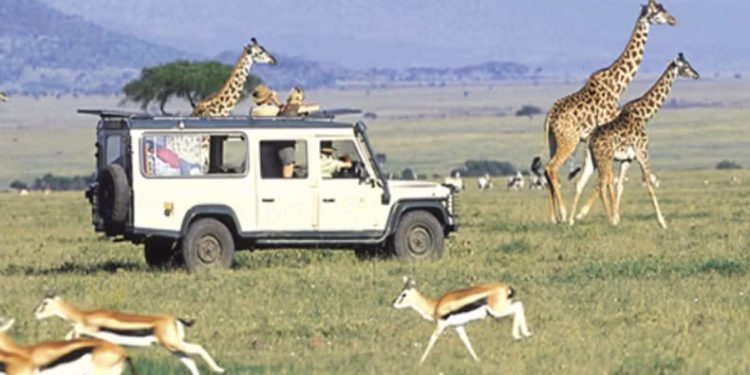Kenya’s travel and tourism sector is experiencing a strong revival in 2025, driven by increased international arrivals, renewed domestic travel enthusiasm, and government-backed efforts to diversify tourism offerings. After years of fluctuating performance due to global disruptions, the industry is showing renewed strength—positioning Kenya as one of Africa’s fastest-recovering destinations.
A major factor behind the resurgence is the rise in international tourists, particularly from Europe, North America, and emerging Asian markets. Improved global travel confidence, expanded airline routes, and aggressive destination marketing have contributed to a steady flow of visitors. Kenya’s national parks, coastal destinations, and cultural circuits continue to attract travelers seeking authentic, nature-driven experiences.
Domestic tourism—once an underutilized segment—has also become a strong economic pillar. More Kenyans are exploring destinations such as Naivasha, Diani, Nanyuki, and the Maasai Mara, thanks to improved road networks and attractive local travel packages. Tour operators report an increase in weekend getaways, short-stay vacations, and family-oriented travel, reflecting a wider trend toward lifestyle-driven tourism.
The government is also playing a significant role in strengthening the industry. Investments in tourism infrastructure, including airport upgrades and digital visitor systems, are aimed at improving accessibility and efficiency. Additionally, efforts to diversify tourism beyond traditional safaris—such as sports tourism, cultural heritage circuits, eco-tourism, and conference tourism—are opening new revenue streams.
Sustainable tourism is becoming a core priority as well. Conservation organizations, hotels, and county governments are working together to promote responsible travel, reduce environmental impact, and protect wildlife habitats. Initiatives such as community tourism programs and green-certified lodges are gaining momentum, ensuring that tourism growth benefits local communities while preserving natural ecosystems.
However, the sector still faces challenges. High travel costs, inflation-related pressures, and regional competition from destinations like Tanzania and Rwanda pose potential hurdles. Security concerns in certain areas and the effects of climate change—particularly droughts affecting wildlife migration patterns—also require long-term planning and mitigation.
Despite these obstacles, the outlook remains overwhelmingly positive. Travel demand is expected to continue rising, with hospitality businesses reporting strong bookings for peak seasons. Industry experts note that Kenya’s unique blend of wildlife, culture, coastlines, and adventure tourism gives it a competitive advantage that few destinations can match.
As 2025 progresses, Kenya’s tourism sector appears set for one of its strongest years yet—supported by innovation, resilience, and a renewed global appetite for travel experiences.
















